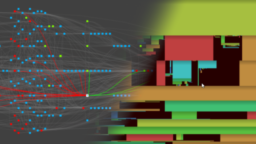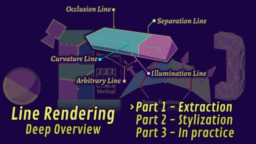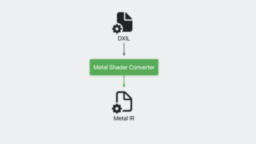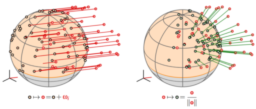- the talk discusses the design of the Task Graph architecture used by Activision
- covers how to author tasks, design iterations, interactions with the memory allocation systems
- additionally presents how it interacts with multi-threaded command recording

- the presentation slides explain the improvements done to decoupled shading
- discusses how decoupled shading enables improved visual stability
- presents how the technique has been implemented by using Shadels that reduces the limitations of overshading of previous iterations of the technique
- show how to generate a PrimiteID texture from rasterization as a replacement for position texture maps
- additionally shows how the material system has been designed to enable utilization of the new shading method

- the paper presents a new method to render glittery materials
- introduces a new statistical method to calculate the number of glints for each pixel
- source code and a Unity implementation demo are available

- the article presents an overview of line extraction techniques
- discusses line theory and types
- presents Screen-Space Extraction as well as Geometry-Based (Mesh Contours)
- discusses limitations and considerations of each technique
- additionally gives recommendations on when each technique should be used

- the article presents a discussion of the limitations of metal hardware related to barriers across thread groups
- also discusses the complexity of the current compute ecosystem across platforms

- the paper introduces a novel importance sampling algorithm for the GGX microfacet BRDF
- presents an explanation of the method and how it compares to the Heitz method
- code implementation is provided

Thanks to Trevor Black for support of this series.
Would you like to see your name here too? Become a Patreon of this series.